Bareroot Amur Maple coming to life.
ilovemytrees
5 years ago
Featured Answer
Sort by:Oldest
Comments (7)
ilovemytrees
5 years agoRelated Discussions
Amur maple starts - how to plant?
Comments (11)Before I select trees, I usually check out the Ohio Conservancy site and make sure what I want isn't an invasive tree. Amurs aren't on the Ohio list. What I'm hoping these will turn out is like this photo. I've seen several in the 'hood and really like them - not too tall, but a nice canopy for a bench underneath. Pretty color in fall and with more and more windstorms I wouldn't have to worry about them falling on the house. LOL (Like my red, sugar or silver maple likes to remind me now and then.) So, to recap: Since I don't have the places ready to plant them in permanent locations right now, I could a) pot them up in 2-gals until fall or b) dig them in a holding bed and dig them up and replant in fall. I guess it won't hurt them if I gently pull the 2 trees apart when potting. Right now my 'regular' maples are all budding out. But no leaves, of course. Perhaps I should keep these babies in the unheated garage for a couple weeks before putting them into a hold bed (with or without pot). P.S. How short lived are they? Will they last 20-30 years? Thanks. Kris Sorry they are a pest in Minnesota. It's very troublesome to find that lots of popular plants sold today are on someones 'invasive' lists....See MoreNorway Maples Vs. Vines! Pics Included
Comments (5)Hello TJ, The following article contains instructions to remove invasive Norway Maple from a woodland, using a 'stepped' approach: "What to do if you suspect a Natural Area is being invaded by Exotic Trees: It is not easy to contemplate removal of trees as part of sensitive environmental management, however the fact is that invasive exotics are causing significant environmental disruption worldwide, resulting in the loss of biodiversity and ecological functioning to natural ecosystems. First, a survey of the site should be conducted identifying remaining native species of trees and shrubs, and invading exotics such as Norway Maple, European Buckhorn, Tatarian and Amur Honeysuckle. Where there are only a few exotics saplings mixed with native species, these invaders could likely be removed without causing any disruption. The problem arises when the forest canopy is mostly exotic, since removing all of them at once could cause serious problems, including opening the site to further invasions of exotics and soil erosion. Removals around any existing native trees would be a start, as well as removing all exotic seedlings, and saplings where larger trees form the canopy. Where large exotic trees exist, removing the lower limbs to allow light to the forest floor is an initial step to consider where complete removal would open up the forest canopy too severely. If native tree seedlings are not naturally establishing, then planting is called for. As the native forest grows, further thinning of the exotics can take place, until they and the seed source is eventually eliminated. Through this process, a return to a native forest association should occur without opening the forest canopy. Since the ground flora may recover under the lighter shade than Norway Maple provides, it is important that it not be further impacted by invading plants of open conditions that would occur if the canopy were opened too quickly." One word of caution: Norway Maples put out "phytotoxins" - which are chemicals that are toxic to most native plants. It is not just the shade, but the phytotoxins which prevent the establishment of native understory, shrub and groundcover layers below Norway Maples - even with thinned branches overhead. My neighbours and I have wasted thousands of dollars trying to plant under Norways in our ravine. The majority die - even when we've created elaborate watering systems to compensate for the Norways (I know - defeats the whole point of planting natives in the first place!). We've had some success by replacing large areas of soil when we plant - but we've recently learned the phytotoxins are in the leaves as well - so those plants just take longer to die. Not to discourage you - it only seems to relentlessly kill plants in some locations - not all. But if anyone has any information on NM phytotoxins - and what to do about it so that we have better success establishing a native layer (ANY native layer - after a few years of NM we have only three layers: 100+ year old oaks, complete NM understory,rapidly eroding bare sandy soil with a few still hanging-on hardcore natives (toad lilly, trillium)) - I'd really appreciate hearing about it! Here is a link that might be useful: Norway Maple: Reassessing the threat to natural areas...See MoreFollow a Chopped Trident Maple's Progress
Comments (36)About the upper part of the tree, my girlfriend said she wanted to try cuttings and I told her it would be very very unlikely it would work but she insisted and we took it home... For the lower remaining part, I just hope that young branch won't die from freezing. I won't repeat last year's mistake and repot now in the fall. It killed my good brand new Katsura that I loved and another red JM that I was trying to save from poor conditions at the store. Both of them died. I will be careful about watering only when the medium is dry on both the JM and the TM. Now they are getting about 2 hours of full sun (from 4pm to 6pm)due to the orientation of my balcony and I hope that little bit of light will help them store a bit more energy to not die in the winter and restart in the Spring. Maybe that new red branch will mature more too before losing its leaves and going dormant so I can use it as the leader next Spring. I am still trying to figure out what kind of soil is in the (soft wall bags with handles) pots and wether or not it is too moisture retentive and not aerated enough. I dug a bit at the top and it seems fluffy and not pot-bound but I don't know how to figure this out. I'd like to make sure I do anything I can to make sure these two new guys do well. For context, both trees were in a nursery in the open, in rows of trees all in soft bag pots, with lines of garden hoses with holes I assume to irrigate each tree. The JM seemed like it was not happy because the entire top was fried and it had at least 4 feet of bare trunk before the top bifurcation and branches that you can see in the picture that I posted of the top cut and in the vase of water. The TM seemed to be thriving although it's numerous branches are quite short. Somehow I am not worried about that one. I would like to gleem any insights on what to do, if anything, as far as watering, fertilizing and other things. I cut the trunk of the JM in the middle between two nodes, 5 nodes above the new red branch at the base. Did not treat the wound at all. Pictures coming....See MoreAmur Maple is turning red all over, 2 weeks after planting
Comments (7)Well.....it's dead. I scratched the bark on the trunk, and it's brownish/white. I dug it up and inspected all the soil in the planting hole. I ran my hands through all of it. The soil wasn't at all wet, it was damp. It was planted so you could see the root flare. I'm disappointed about this one; it's almost impossible to get a multitrunked amur maple, unless you want to pay Sooner's ridiculous $100, which I won't. I'm going to look at other types of maples to plant. I know I could put a sugar maple in there and it would grow effortlessly, but I don't want that big of a tree. Thank you for your replies....See Moreilovemytrees
5 years agoilovemytrees
5 years agolast modified: 5 years ago
Related Stories
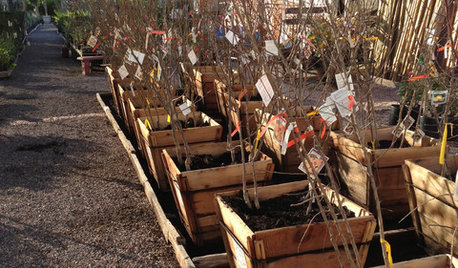
GARDENING GUIDESThe Beauty of Bare-Root Plants
Plant dormant trees and shrubs in fall using the easy, affordable bare-root method and enjoy beautiful results in spring
Full Story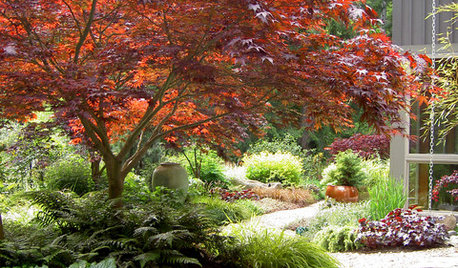
TREES11 Japanese Maples for Breathtaking Color and Form
With such a wide range to choose from, there’s a beautiful Japanese maple to suit almost any setting
Full Story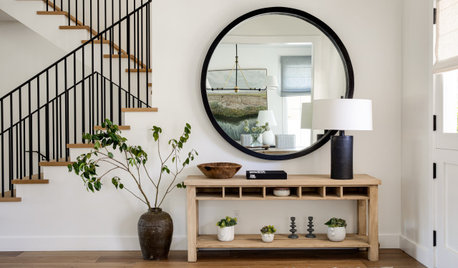
MONTHLY HOME CHECKLISTSTo-Dos: Your March Home Checklist
Get ready for sunnier days, whether you have an hour or a weekend to spare
Full Story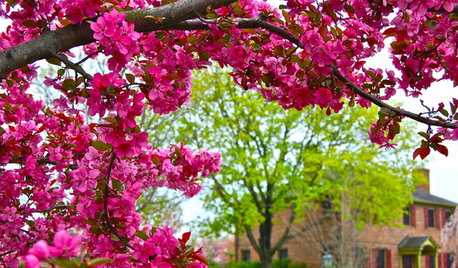
FALL GARDENING6 Trees You'll Fall For
Don’t put down that spade! Autumn is the perfect time for planting these trees
Full Story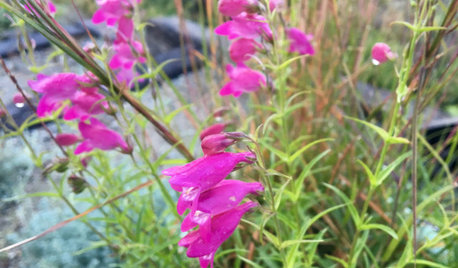
GARDENING GUIDES10 Tips for Leaving a Garden Behind
You can make parting easier by taking ideas and plants with you
Full Story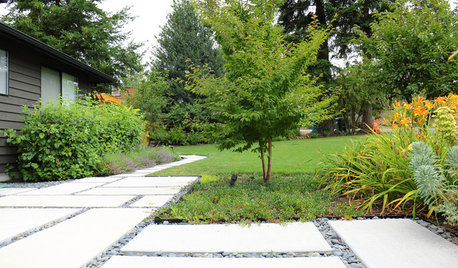
ARBOR DAY10 Trees Landscape Designers Love
In honor of Arbor Day, consider adding a beautiful and beneficial tree species favored by designers around the country
Full Story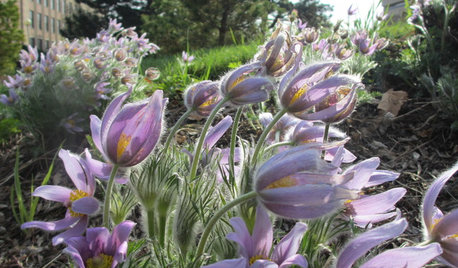
GARDENING GUIDES6 Plants That Beat Butterfly Bush for the Wildlife Draw
It's invasive, a nonnative and a poor insect magnet. Check out these better alternatives to butterfly bush in the garden
Full Story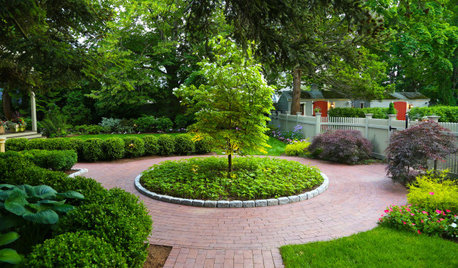
GARDENING GUIDESWhen and How to Plant a Tree, and Why You Should
Trees add beauty while benefiting the environment. Learn the right way to plant one
Full Story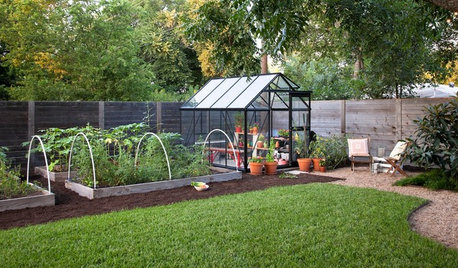
EDIBLE GARDENSA Formerly Weedy Lot Now Brims With Edibles and Honeybees
Photographers transform their barren backyard into an oasis filled with fruit, vegetables, honey, eggs and more
Full Story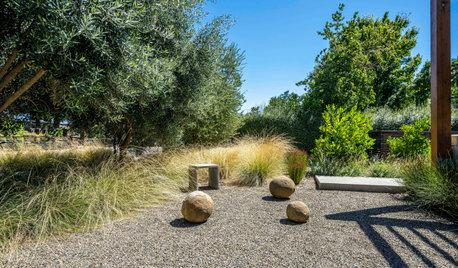
GARDENING GUIDES12 Gardening Ideas You Can Count as Resolutions
See how to set up your outdoor areas for more enjoyment next year and make them a bit more earth-friendly in the process
Full Story


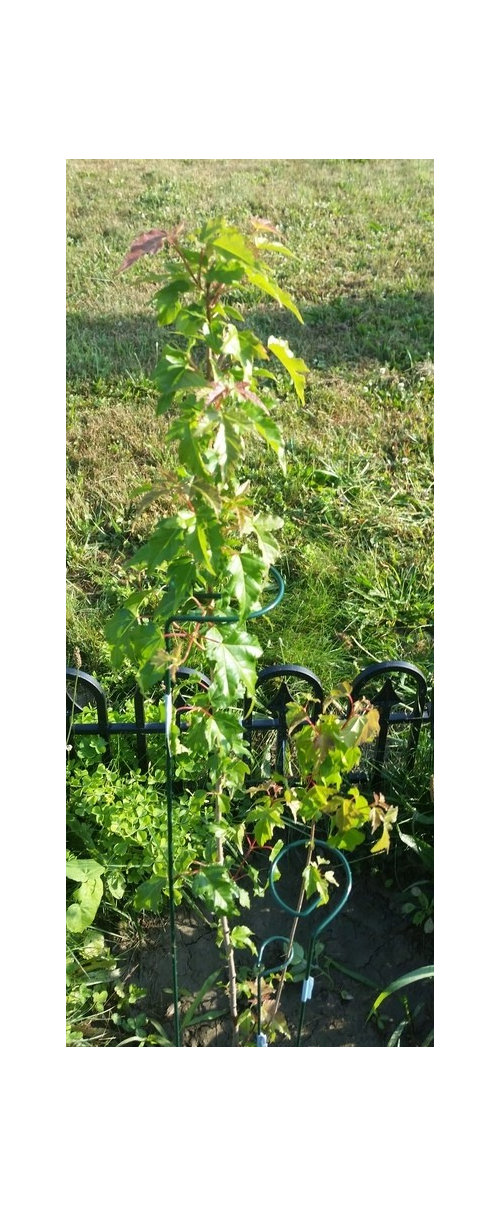

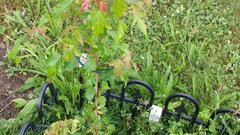
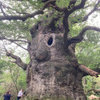

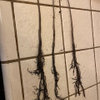
whaas_5a